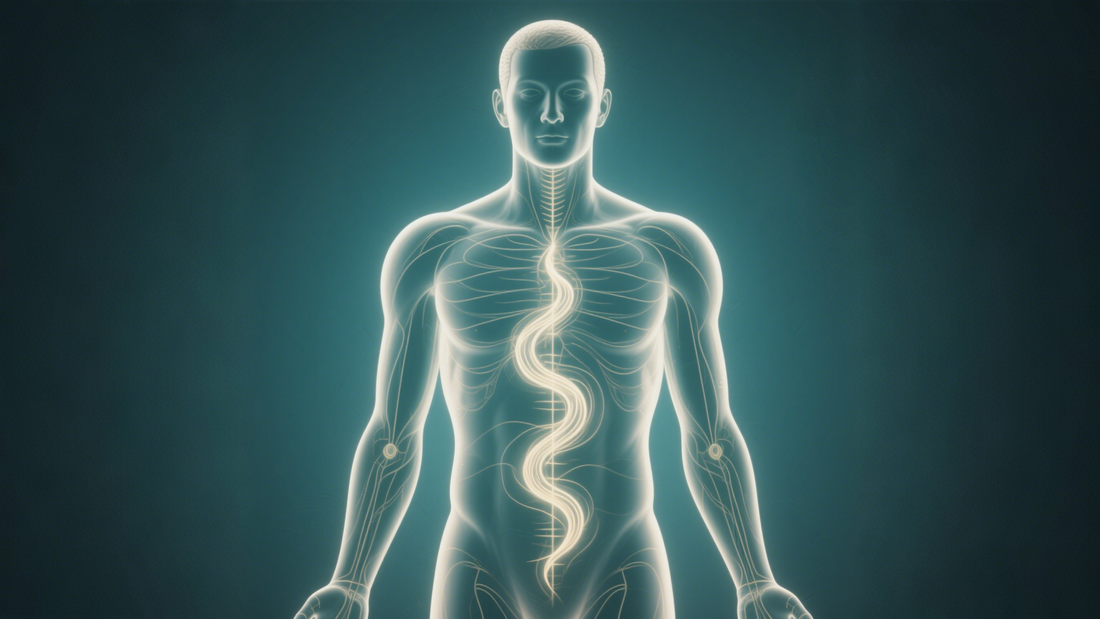
Understanding Qi and How Moxibustion Restores Energy in Cancer Patients
mars wuAs a Traditional Chinese Medicine (TCM) practitioner with decades of experience, I’ve seen countless patients walk into my clinic drained—physically, emotionally, and spiritually. Especially for those battling cancer, their "Qi" is often severely depleted. In TCM, Qi is the life force that flows through every cell in the body. Without it, healing is nearly impossible.
One of the most powerful ways to restore this vital energy is moxibustion, an ancient technique using mugwort herb to warm and stimulate key acupoints on the body. This is not merely folklore—it’s a time-tested method that supports the body’s natural ability to recover.
What Is Qi?
Qi (pronounced “chee”) is the foundational concept in Chinese medicine. It is the vital energy that powers all bodily functions: breathing, digestion, immunity, and even emotional balance.
For cancer patients, chemotherapy and radiation may fight the disease, but they also damage Qi. Weak Qi often results in:
- Chronic fatigue
- Loss of appetite
- Emotional instability
- Weak immune response
TCM does not aim to replace modern medicine, but to support and strengthen the body's internal environment, making healing more sustainable.
How Moxibustion Works for Qi Restoration
Moxibustion (艾灸) involves burning aged mugwort (moxa) over specific acupuncture points. The warmth penetrates deeply into the meridians, unblocking stagnation and nourishing the organs.
For cancer patients, the most commonly used points include:
- Stomach 36 (Zusanli) – boosts energy and immunity

- Ren 6 (Qihai) – strengthens Qi in the lower abdomen

- Spleen 6 (Sanyinjiao) – supports digestion and blood

- Kidney 3 (Taixi) – nourishes foundational energy

Case Study: A Breast Cancer Survivor’s Journey
When Julia, a 47-year-old breast cancer survivor, came to me, she was exhausted after chemo. Her pulse was thin, her tongue pale, and her spirit low.
We began weekly moxibustion sessions combined with herbal tonics and diet adjustments. After four weeks:
- Her sleep improved
- Her energy levels rose
- Her appetite returned
- Most importantly, she said: “I feel like myself again.”
She continues to do self-moxibustion at home using portable moxa sticks, following the guidance I provided.
How to Do Moxibustion at Home
For those undergoing cancer recovery, here are simple steps to start:
- Choose the right moxa – Use high-quality aged mugwort, preferably 3 years old.
- Target points – Begin with Stomach 36 and Ren 6.
- Apply heat for 10–15 minutes per point
- Use once every other day
- Consult a licensed TCM doctor before starting
Always avoid direct moxibustion on broken skin or during active chemo sessions.
Why It Works
Moxibustion isn’t magic—it works because heat stimulates circulation, unblocks the body’s healing pathways, and helps replenish Qi that modern treatments often deplete.
